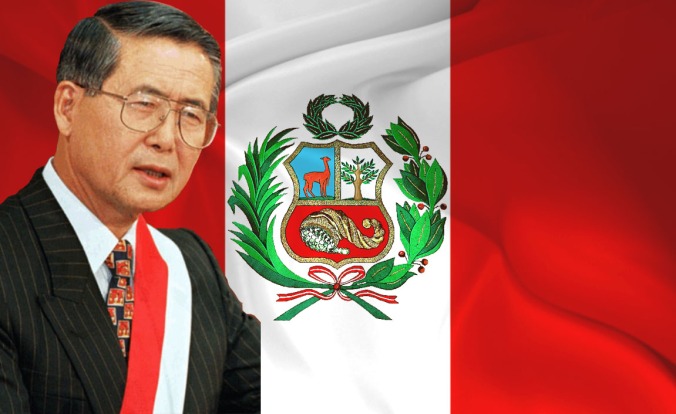The President Alberto Fujimori´s Fujishock was in 1990, as soon as he came to power. It was to stop hyperinflation that exceeded 63% per month. It consisted of devaluing the currency by more than 200%. Petrol increase by 3,000% and total elimination of subsidies to other public goods and services whose prices were released. General Release price for the entire economy, except for some foods that were frozen for a very short time. But it was something terrible for the people, because the poor and the middle classes were found unprotected against such action. The rich had no problem over it, and some even gouged out. Their economic policy, based on the application of economically radical policies while stabilized the economic life after the inflation of the previous government allowed the reintegration of Peru in the financial system International and led to the privatization of government services to foreign companies, which received various privileges and tax exemptions; eliminating many of the legal and labor investments, which degenerated in numerous injustices and massive layoffs of workers and employees and the removal of protection to the domestic industry, which led to its bankruptcy and the labor practice strike restrictions. It was also minimized union activity and increased informal economic activity.
